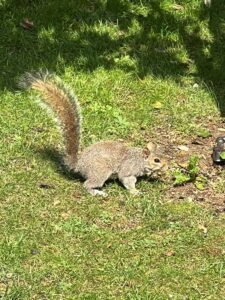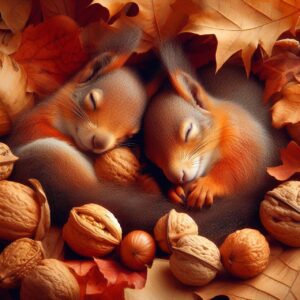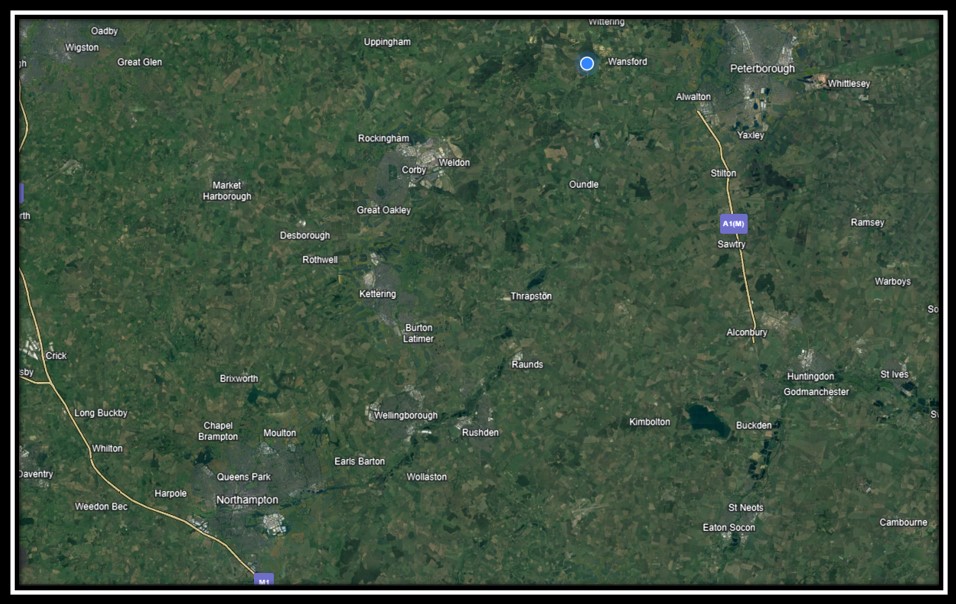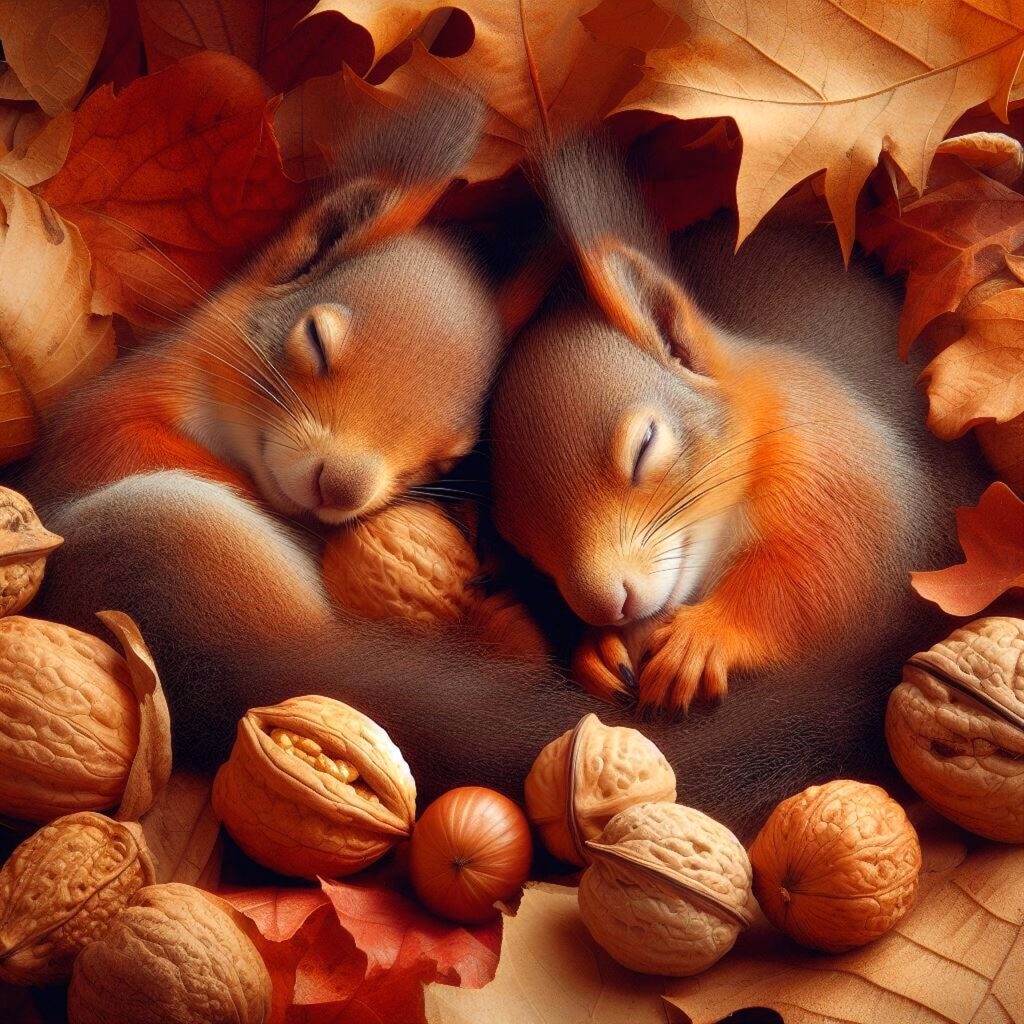Squirrels are members of the family Sciuridae, a family that includes small or medium-size rodents. The squirrel family includes tree squirrels, ground squirrels, chipmunks, marmots, flying squirrels, and prairie dogs amongst other rodents.
Here at Rockingham Forest Park you are likely to spot one of the most familiar mammals, the Grey squirrel. They are superb climbers, moving rapidly through the trees and leaping between them with ease. They are also one of the few mammals that can climb headfirst down a tree.
These squirrels have grey fur and often sit upright with their large bushy tails arched over their backs. The Grey’s, originally from North America, were released in the UK by 19th century landowners.
Grey squirrels are active during the day, foraging for food in trees or on the ground, they often visit peanut feeders in gardens, which sometimes gets them into trouble! In the Autumn they spend time storing nuts to eat during the winter however, they also eat leaves, roots, seeds, and other plants.
Take a look at one of Rockingham Forest’s bushy-tailed friends, caught on our motion sensor camera, searching our ancient woodland for treats.
Fun Fact’s:
Their nest is called a Drey. It is a compact spherical structure, slightly larger than a football and constructed of twigs, leaves, bark, and grass.
Squirrels can find food buried beneath a foot of snow.
A squirrel’s teeth NEVER stop growing!!

The Grey squirrel prefers broadleaved woodland but is also common in parks, gardens and hedgerows too. Unlike other critters susceptible to home invasion, squirrels are not nocturnal creatures, actually, they keep very similar hours to humans. You are most likely to notice them at dawn or dusk going about their business.
When you see a squirrel flicking its tail in a snappy arced movement it is likely frustrated and showing emotion, much like someone stomping their foot. They are twitchy little critters as they are prey for almost any animal out there, giving them a heightened awareness of their surroundings. If a squirrel is scared or detects danger its first reaction is to go into ‘freeze’ mode or quickly climb a tree to safety.
If you spot a few of our friends here at Rockingham Forest Park, why not take the time to sit quietly and observe them, you won’t be disappointed. 😊
Written by Faye McGregor

















